


The ''Faggiano Museum" is a private historical-archaeological building located in the historic center of Lecce. During the work of the recent restoration of the edifice,historical-archaeological evidence of considerable interest began to resurface,testifying to the presence of ancient peoples who succeeded each other in time.
Restoration work then proceeded (completed in December 2007) carried out in its entirety by the Faggiano family under the supervision of the Superintendence of Archaeological Heritage of Taranto and under the guidance of architects Franco and Maria Antonietta De Paolis, which led to the laying bare of the rocky bank and the emptying of all the works excavated in the rock, thus making the house a true archaeological site, in which more than 2,000 years of history can be admired. It was also discovered that the house was once an old nunnery that was later closed around the 16th-17th centuries.
Cellar rooms, a floor presumably from the Messapic period (5th century B.C.) with circular holes dug in the rock that were used for the construction of huts, a large cistern dug in the rock with a bell-shaped section with an oval plan dating back to the 15th-16th centuries, another cistern with a rectangular plan, and a large circular silo used to store grain and foodstuffs in medieval times were recovered, made visible and open to visitors .
Excavations have uncovered remains of a wall structure, a circular tank, another very large cistern, a 10-meter deep well from which water from the Idume River can be seen, a four-sided cistern, a rectangular tank, and numerous rock-cut ravines. Among the rock-cut works one can admire a small child`s grave, a large common grave , a rock drying room used to decompose the dead, a section of underground road that connected the building to other sites.
In this exclusive location every Tuesday and Friday from 7 to 9 p.m. appointment with Pizzica Experience, 2 hours in which in addition to attending the concert, dancing with the dancers and drinking a good glass of wine, I`ll be taught the basics of this dance, a real dive into the local Salento tradition.
Ticket Pizzica Experience: 10 euros per person, info 0832 300528.
Steps
- Hopped step: hopping in place with alternating feet, lightly swiping the foot on the ground. The hops can be restrained or very vigorous, the weight of the body shifting from one foot to the other. It is mainly a very fast hop in place with alternating feet.
- Pointed step: one foot remains stationary, the other, placed forward, moves laterally to the right and left.
- Cadenced walk: to walk in a circle, you take small steps resting the weight of the body on one foot so that you have a walk with a cadence only on one side of the body. Shoulders are straight, arms open at shoulder height or at the hips.
Choreography
- Circular dance: goes counterclockwise, with the possibility of rotation; dancers move by describing a circle on the floor and arranging themselves at the vertices of the circle's diameter.
- Frontal dance: pointing step is used synchronously.
- Moving away-approaching: moving away and approaching dancers with the hop step.
- Turn by hand (or handkerchief): like the big turn but at a closer distance, the dancers take each other's hands and turn (this figure is often used at the beginning of the dance).
- Rota: short rotation on themselves by the dancers, placed from time to time during the front dance or grand turn.
- Approach: hint of man pulling over, with hops.